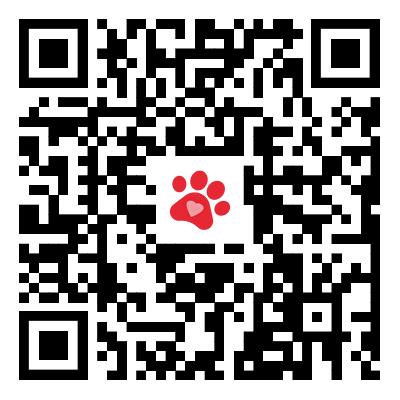Some examples of dexterity and coordination toys
2023-11-27
Dexterity and coordination toys are designed to help children develop fine and gross motor skills, hand-eye coordination, and spatial awareness. These toys often involve activities that require precision and control, promoting the development of physical skills in a fun and engaging way. Here are some examples of dexterity and coordination toys:
1. Puzzles: Jigsaw puzzles with larger, easy-to-handle pieces are great for developing hand-eye coordination and problem-solving skills.
2. Building Blocks: Stacking and arranging blocks require fine motor control and spatial awareness.
3. Lacing Cards: These cards have punched holes along the edges, and children use laces or strings to thread through the holes, enhancing fine motor skills.
4. Shape Sorters: Toys with different shapes that fit into corresponding holes, encouraging recognition and manipulation of shapes.
5. Bead Mazes: Wire or plastic mazes with beads that children can move along paths, enhancing hand-eye coordination and fine motor control.
6. Stacking Rings or Cups: Toys where children stack rings or cups in a specific order, promoting hand-eye coordination and spatial awareness.
7. Button Art: Boards with pre-punched holes where children can attach colorful buttons to create pictures, improving fine motor skills.
8. Playdough or Clay: Activities that involve molding and shaping help develop hand strength and fine motor control.
9. Tweezers and Tongs: Toys that require picking up and manipulating small objects with tweezers or tongs help refine fine motor skills.
10. Scissors Skills Toys: Toys designed for safe scissor practice, helping children develop cutting skills and hand strength.
11. Finger Puppets: Playing with finger puppets encourages finger dexterity and imaginative play.
12. Latch Boards: Boards with different types of latches, locks, and doors that children can open and close, improving hand strength and coordination.
13. Play Tools: Toy tools that children can use to manipulate nuts, bolts, and other parts, enhancing hand-eye coordination and spatial skills.
14. Fishing Games: Games where children use a fishing rod or magnetic pole to catch fish or objects, promoting hand-eye coordination.
15. Balance Boards: Boards or toys that require balancing while standing or moving, enhancing gross motor skills and coordination.
16. Handwriting Practice Toys: Activities that involve tracing letters, numbers, or shapes to support the development of writing skills.
17. Miniature Puzzles: Smaller and more intricate puzzles that challenge fine motor skills and attention to detail.
18. Gross Motor Play Equipment: Outdoor toys like climbing structures, balance beams, and monkey bars that promote overall physical coordination.
These toys are not only enjoyable for children but also play a crucial role in supporting their physical development as they grow and learn.



